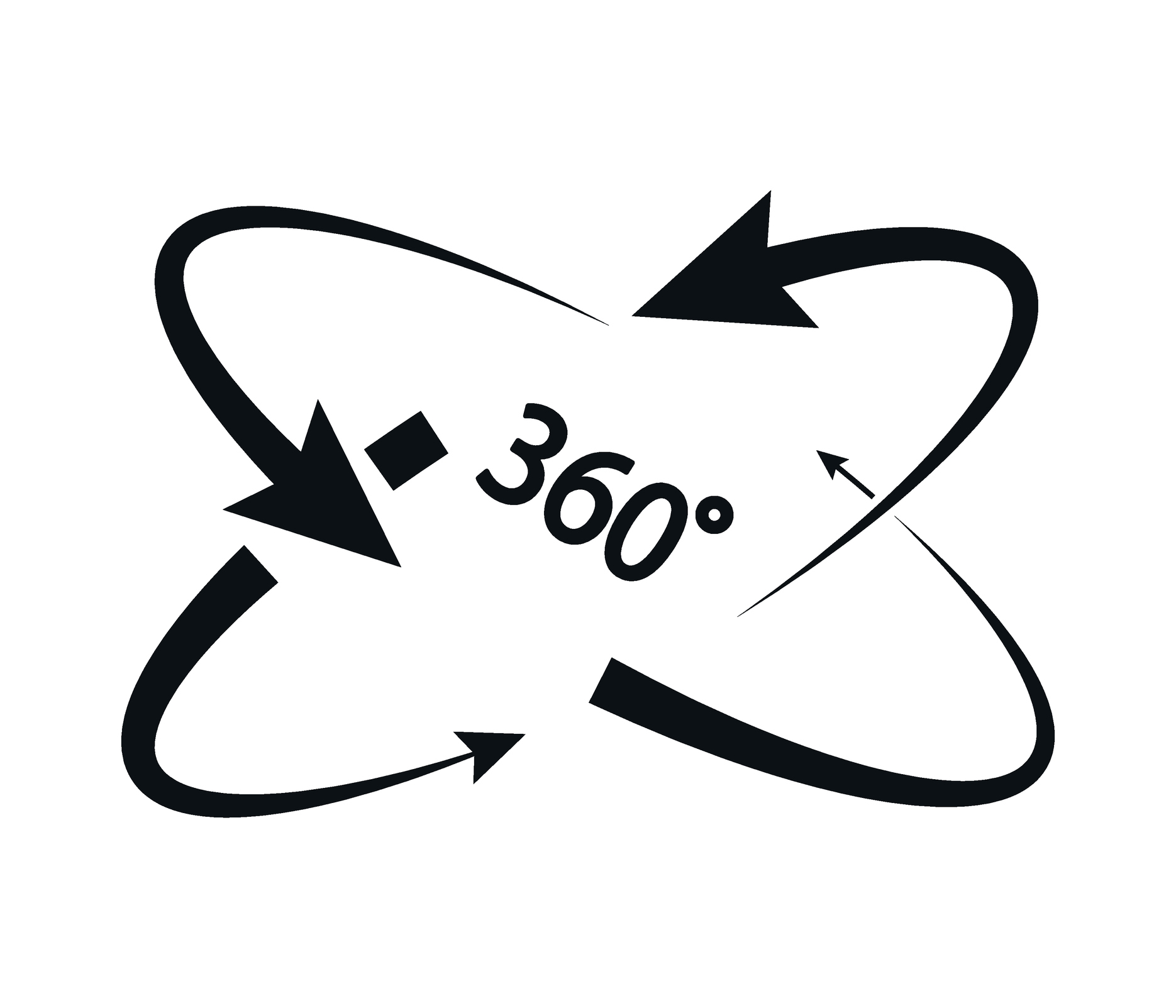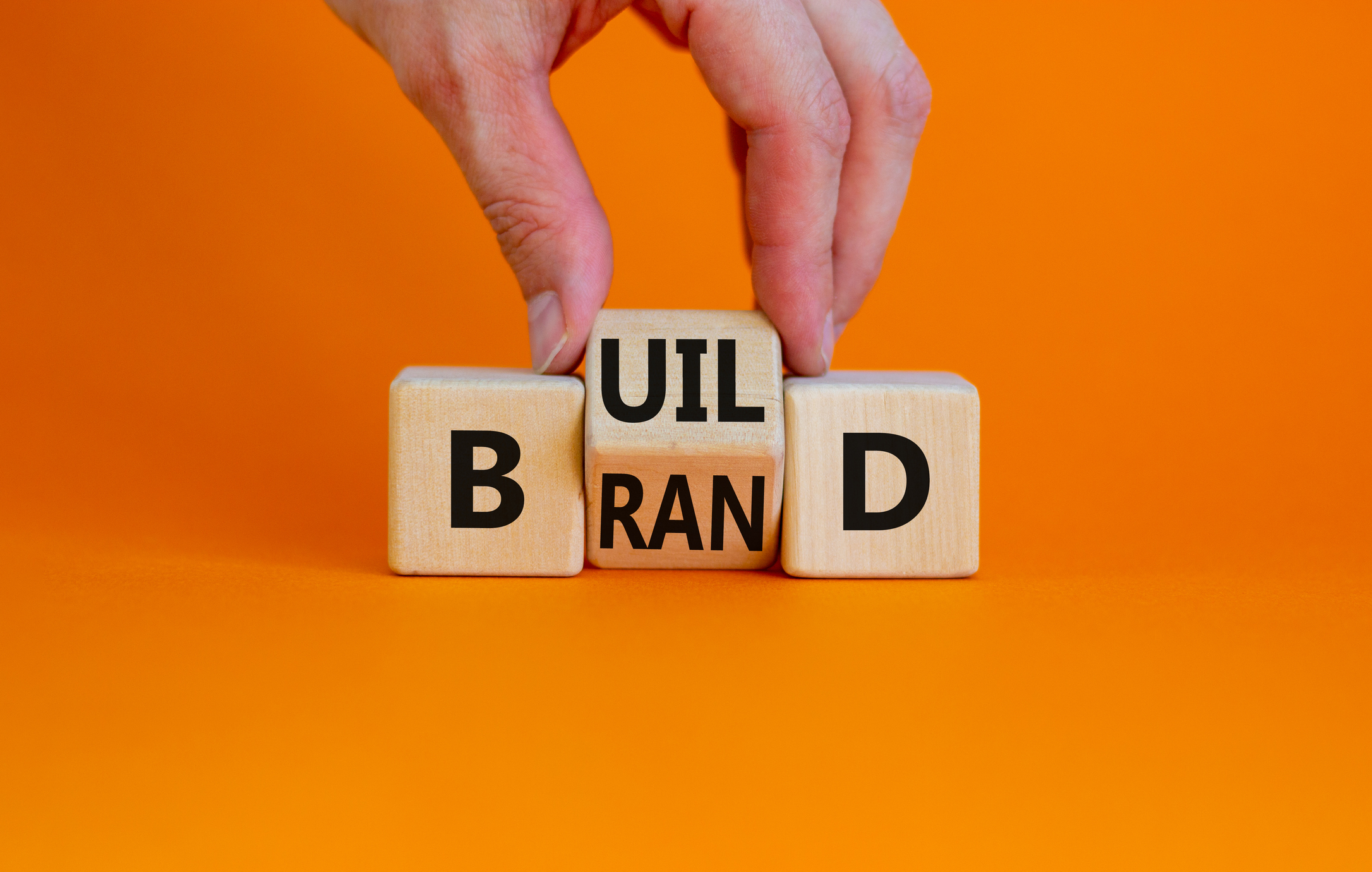Making Executive Due Diligence During An Acquisition Easier and Faster
Executive due diligence is an essential part of the acquisition process. It is the process of evaluating the executive team and leadership of a company being acquired. The goal of executive due diligence is to determine the strengths and weaknesses of the company's leadership and to identify any potential risks or challenges that may arise during the acquisition. However, executive due diligence can often be a time-consuming and resource-intensive process. In this blog post, we will discuss what can be done to make executive due diligence when a company is being acquired easier and faster.
-
Plan and Prepare: The first step in making executive due diligence easier and faster is to plan and prepare for the process. This includes identifying the key stakeholders and decision-makers, determining the scope of the due diligence process, and setting clear goals and objectives. A well-planned and prepared due diligence process will ensure that all relevant information is gathered and analyzed in an efficient manner.
-
Use Technology: Technology can play a key role in streamlining the executive due diligence process. By using tools such as data analytics and data visualization, it is possible to quickly and easily analyze large amounts of data, identify trends and patterns, and uncover potential risks or challenges. Additionally, technology can also help automate repetitive tasks and reduce the need for manual data entry, freeing up time and resources for more strategic activities.
-
Collaborate and Communicate: Collaboration and communication are critical to the success of executive due diligence. Working closely with key stakeholders, including the executive team of the company being acquired, can help to ensure that all relevant information is gathered and analyzed in a timely and effective manner. Additionally, regular communication with the stakeholders can help to keep everyone on the same page and to identify any potential roadblocks or challenges in a timely manner.
-
Focus on Key Areas: While it is important to conduct a comprehensive evaluation of the executive team and leadership of the company being acquired, it is also important to focus on key areas that are most relevant to the acquisition. By focusing on the areas that are most critical to the success of the acquisition, it is possible to reduce the time and resources required for the executive due diligence process.
-
Hire Expertise: Finally, it is important to consider hiring expertise to assist with the executive due diligence process. This can include professional consultants, due diligence specialists, and subject matter experts. Hiring expertise can help to ensure that the executive due diligence process is completed in a timely and effective manner and can provide valuable insights and perspectives that may not be available in-house.
In conclusion, executive due diligence is an essential part of the acquisition process. However, it can often be a time-consuming and resource-intensive process. By planning and preparing, using technology, collaborating and communicating, focusing on key areas, and hiring expertise, it is possible to make executive due diligence when a company is being acquired easier and faster.
Sources:
- "The Executive Due Diligence Guide: A Roadmap to a Successful Acquisition" by Steve Bauer and George S. White (John Wiley & Sons, 2011).
- "Accelerating Executive Due Diligence: Best Practices for Speed and Efficiency" by Michael J. Economides (M&A Leadership Council, 2010).
- "The Art of Executive Due Diligence: Navigating the Critical Path from Deal-Making to Deal-Breaking" by Mark Faust and Mark L. Baer (John Wiley & Sons, 2012).
- "Streamlining Executive Due Diligence in M&A Transactions" by Thomas J. Phillips and Richard J. Anderson (Mergers & Acquisitions Journal, 2009).
- "Optimizing Executive Due Diligence in M&A Transactions"



